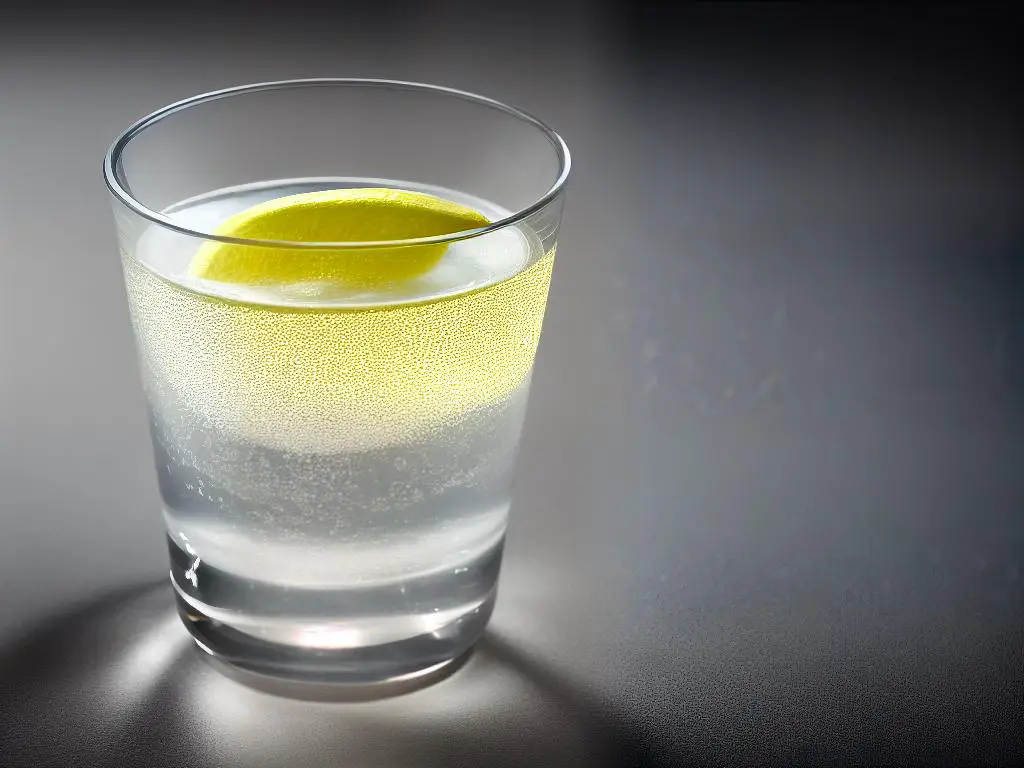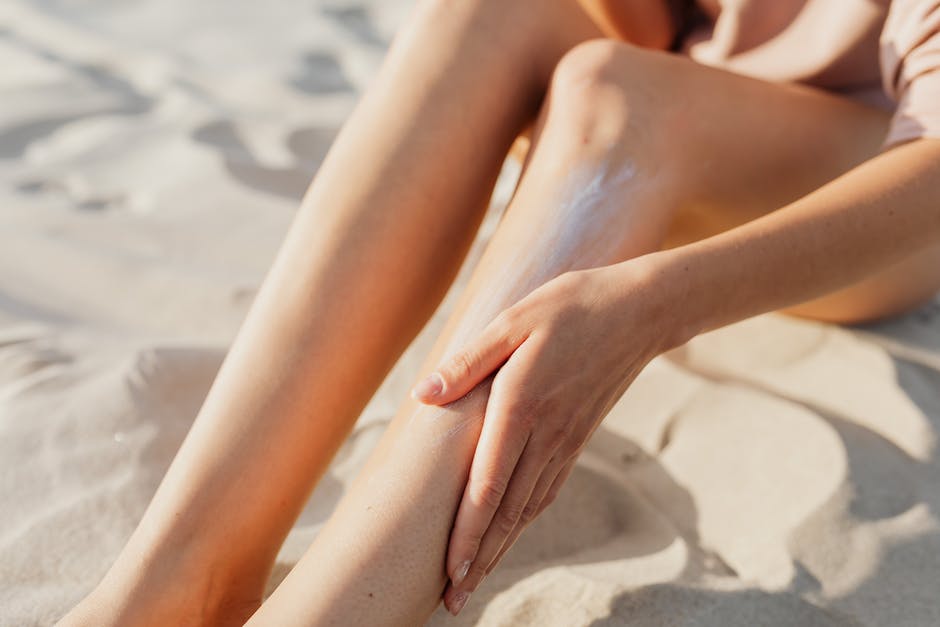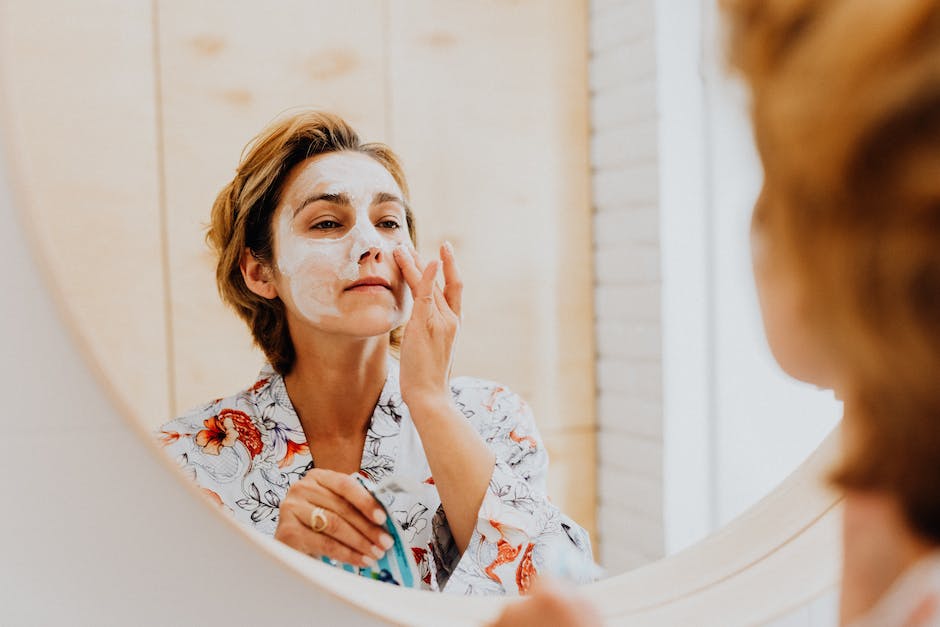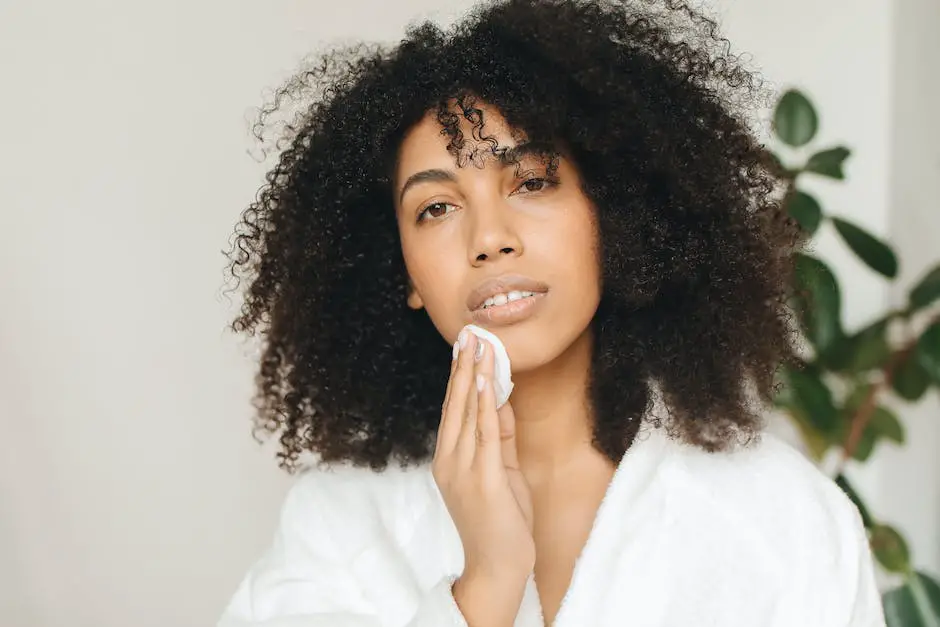Ever wondered how celebrities maintain their flawless, glowing skin despite their busy lives and constant exposure to makeup and harsh lights? Well, the secret lies in their dedication to a well-rounded skincare and wellness regimen. From hydration and proper nutrition to sticking to an effective skincare routine, celebrities go the extra mile to ensure their complexion remains camera-ready at all times. Read on to discover some of the most sought-after celebrity beauty secrets that you can incorporate into your own routine.
Hydration
Have you ever wondered how your favorite stars maintain their radiant, flawless complexions? The secret lies in something as simple as water! Celebrities across the globe are well-aware of the wonders proper hydration can do for their skin, and they’re not shy about sharing this beauty secret with the world.By drinking plenty of water, A-listers are able to maintain their youthful glow and help their skin stay supple and resilient. This hydration habit is crucial, as it flushes out toxins from our body that can lead to acne, inflammation, and other skin issues. Plus, it keeps those dreaded signs of aging, such as fine lines and wrinkles, at bay.But that’s not all! Staying well-hydrated not only benefits the skin, it also promotes better overall health. Celebs who make hydration a core part of their daily routine enjoy increased energy levels, better digestion, and even improved concentration.When it comes to staying hydrated, the long-standing advice of drinking eight 8-ounce glasses of water each day still holds merit, especially if you’re incorporating regular exercise and drinking caffeine into your daily activities.So, the next time you’re dreaming of achieving that red carpet-worthy glow, remember to raise a glass (of water) and toast to your skin-beautifying hydration goals.

Diet and Nutrition
One popular approach to maintaining a glowing complexion among celebrities is by sticking to a balanced diet rich in fruits, vegetables, and lean proteins. These skin-enhancing ingredients work wonders in nourishing and revitalizing one’s skin from within, as they provide essential nutrients, antioxidants, and hydration. A tried and tested way for celebrities to incorporate these powerhouse foods into their daily routine is by whipping up delicious smoothies and green juices. From high-quality proteins found in chia seeds and Greek yogurt, to antioxidants present in blueberries and kale, these drinks are packed with ingredients that promote skin health. Not only do they make it easy to consume the recommended daily servings of fruits and vegetables, but they also offer an enjoyable way to experiment with different flavor combinations. Some celebrities swear by specific green juice recipes as a part of their beauty regimen, which may include a mix of leafy greens such as spinach or kale, combined with skin-boosting fruits like apples, cucumbers, and lemons. Others may opt for protein-rich smoothie bowls topped with vitamin-rich fruits and nuts to kickstart their day. The key is finding a balance that works for your taste buds and skin needs.Embracing a diet full of fresh produce and lean proteins not only yields a gorgeous complexion, but also contributes to overall well-being and health. Next time you’re looking to upgrade your skincare routine, don’t forget that beauty truly begins on the inside with a nutritious and balanced diet.

Sleep
In the quest for youthful, glowing skin, celebrities have tried it all – luxurious creams, rigorous workout routines, and strict diets. But there’s one secret weapon in their arsenal that doesn’t involve any cream or eating plan: sleep!Ensuring they catch those crucial Z’s, celebs like Jennifer Aniston, Ariana Grande, and Chrissy Teigen have all attributed their radiant skin to getting a proper amount of sleep.But why is sleep so essential for that refreshed, ageless complexion? As it turns out, our body undergoes several rejuvenation processes while we snooze.Collagen production, which is responsible for keeping our skin firm and elastic, increases while we sleep. Moreover, our body boosts blood flow to the skin, lending that coveted morning glow. Failing to catch enough sleep can lead to a cascade of skin problems, such as dark circles, puffiness, and even premature wrinkles. While a sleep-deprived night here and there won’t cause noticeable damage, consistently skimping on shut-eye increases the risk of long-term skin woes.So how do celebrities ensure they’re getting enough quality sleep for the sake of their skin? For starters, they establish a relaxed bedtime routine. This may involve activities like meditating, taking a warm bath, or even powering down devices well before hitting the sack.Sleep-friendly environments – think dark, cool, and quiet – are also essential for encouraging a restful slumber. Finally, sticking to a consistent sleep schedule helps regulate the body’s internal clock, making it easier to fall asleep at night and wake up refreshed in the morning.If you want to follow in the footsteps of your favorite celebs and prioritize your beauty sleep, consider reevaluating your bedtime routine and sleep habits. Your skin will surely thank you for it.

Exercise
Celebrities are often admired for their flawless skin and toned bodies, leaving many of us wondering about the secret behind their seemingly eternal youth. Spoiler alert: it’s not just good genes or expensive skincare products – it’s also a healthy dose of regular exercise!
Physical activity is a vital component for maintaining a stunning physique, and with the added benefit of improving blood circulation, it’s also essential for achieving a radiant and healthy complexion. So, even if the red carpet isn’t in your immediate future, incorporating exercise into your daily routine will surely make you feel like a star.
A-listers understand the importance of variety when it comes to their exercise regimens. Various workouts, such as yoga, Pilates, and resistance training, offer different advantages that complement each other, ensuring that one’s body is balanced and strong.
Yoga, a favorite among celebrities like Jennifer Aniston and Gisele Bundchen, provides a mind-body workout that not only enhances flexibility and strength but also promotes mental relaxation and stress reduction – two factors that can definitely impact one’s skin in a negative way when left unchecked.
Pilates, as seen in the routines of celebrities like Kate Hudson and Cameron Diaz, focuses on building core strength and improving posture through controlled movements. A strong core will not only make you look confident and fabulous, but it will also lead to better overall muscle and joint function.
Resistance training, which includes weightlifting and bodyweight exercises, is crucial for building lean muscle mass and achieving that sought-after toned appearance. Celebs like Halle Berry and Hugh Jackman can attest to the benefits of resistance training in their jaw-dropping physiques.
In conclusion, exercise is essential for maintaining both a fabulous body and radiant skin. By incorporating a mix of physical activities like yoga, Pilates, and resistance training, you’ll not only look and feel amazing, but you’ll also be following in the footsteps of your favorite celebrities. So, lace up your sneakers, roll out your yoga mat, and get ready to unleash your inner A-lister!

Sun Protection
When it comes to preserving their youthful glow and picture-perfect skin, celebrities know the essential role sun protection plays. Walking down red carpets and posing in front of cameras, these stars are always on the lookout for practical ways to avoid sun damage. Their go-to solution? Sunscreen with a high SPF!Swearing by sunscreens that offer broad-spectrum formulas, these A-listers don’t take any chances with their skin. By safeguarding against both UVA and UVB rays, these high-performance products prevent skin from burning, premature aging, and other sun-related skin damages. Not only do they keep blemishes and wrinkles at bay, but they also reduce long-term risks, such as skin cancer.Furthermore, celebrities understand the importance of incorporating sunscreen into their daily beauty routine. No matter the season or weather, these stars are committed to applying sunscreen before stepping out into the sun. After all, consistency is key when it comes to maintaining that flawless complexion.But don’t worry – you don’t need a Hollywood budget to enjoy the benefits of a top-notch sunscreen. Many drugstore brands offer high-quality, broad-spectrum options at affordable prices, making sun protection accessible to everyone. So, make like a celebrity and prioritize sun protection for that radiant, youthful glow!

Exfoliation
Ever wonder how your favorite celebrities always seem to have the perfect radiant skin? It’s time to let you in on their little secret – exfoliation! Incorporating regular exfoliation in their beauty routines is key to unveiling a smoother, brighter, and youthful complexion.First off, exfoliation is more than just scrubs and grainy textures. It involves various techniques, including using physical exfoliants, like scrubs, brushes, and cleansing devices, as well as chemical exfoliants, such as retinol, glycolic acid, and alpha hydroxy acids (AHAs). The right exfoliant can work wonders to not only remove dead skin cells but also promote cell renewal, unclog pores, and fight blemishes, making your skin look as fresh and flawless as your favorite celebs’.Of course, those red carpet-ready stars go the extra mile by splurging on high-quality products and indulging in professional treatments, like microdermabrasion and chemical peels, which are performed by trained aestheticians to achieve even more amazing results. These high-end options can help improve skin texture, even out skin tone, and reduce the appearance of fine lines and wrinkles.But don’t worry, you don’t have to break the bank to achieve a fabulous complexion! Many affordable yet effective exfoliating products are available for you to try. Be sure to find the right type of exfoliant for your skin’s needs, as there are options to suit all skin types and concerns. Does your sensitive skin need a gentle touch? Try a light exfoliating cleanser. Feel like you’re constantly battling blackheads? Look for targeted exfoliating treatments with salicylic acid.One word of caution, though – be mindful not to over-exfoliate. This can lead to irritation, redness, and even breakouts. For most people, exfoliating two to three times a week is enough to keep their skin looking healthy and glowing. Don’t forget to always follow up exfoliation with a hydrating moisturizer to lock in hydration.Ready to make exfoliation a part of your beauty routine? Remember, it’s all about finding the right balance for your unique skin. With a little patience and the right products, you’ll be on your way to that enviable celebrity-inspired glow!

Masks and Facials
There’s no denying that celebrities always seem to have flawless skin, and one of their go-to methods for preserving their youthful glow is by pampering themselves with masks and facials on a regular basis. These treatments help to deeply cleanse, nourish, and rejuvenate their skin, giving them the radiant complexion we admire.One popular option among the stars is hydrating masks, which deliver a surge of moisture to the skin, leaving it looking plump and revitalized. This type of mask is especially beneficial for those with parched, dry skin or for anyone who needs a quick pick-me-up before a big event.Another favorite among A-listers is clay-based masks. These formulas work wonders on oily or acne-prone skin, as they draw out impurities and absorb excess oils, helping to refine pores and create a smoother complexion. Clay-based facials can also come in a variety of types, such as kaolin (for sensitive skin) and bentonite (for more powerful oil-absorbing and detoxifying properties).But it’s not just high-end products that celebrities turn to for their beauty routines. Many of them also swear by at-home DIY concoctions that provide similar results to their store-bought counterparts. For instance, some celebs love using ingredients like avocado, honey, or egg whites to create nourishing, skin-enhancing masks in the comfort of their own kitchens.Whether they opt for store-bought treatments or whip up their own custom creations, celebrities know that masks and facials are crucial to maintaining gorgeous, camera-ready skin. And the best part is, you don’t have to be a Hollywood star to indulge in these luxurious treatments – simply treat yourself to a spa day at home, and see the amazing effects they can have on your own complexion!

Skincare Routine
When it comes to looking their best, celebrities know that a consistent skincare routine is key.After all, they are constantly in the public eye and expected to maintain a flawless complexion.For many stars, this means investing in top-of-the-line skincare products and services specifically tailored to their unique skin needs.
One popular treatment among A-listers is the use of serums, which are highly concentrated liquids designed to target specific skin concerns, such as wrinkles, hyperpigmentation, or dryness.Many celebs swear by including a serum in their daily skincare routine, applying it after cleansing and before moisturizing to ensure maximum absorption.
In addition to serums, many celebrities make use of luxurious creams and lotions to keep their skin looking firm, smooth, and radiant.Often infused with powerful anti-aging ingredients like retinol or peptides, these creams work to reduce the appearance of fine lines and wrinkles while also helping to promote collagen production and maintain a youthful glow.
Beyond everyday products, specialized treatments are also a must in any celebrity skincare routine.This can include indulging in regular facials, which help to deep clean pores, exfoliate, and promote skin cell turnover.Some stars even go a step further by booking appointments for treatments like microdermabrasion, microneedling, or even chemical peels, all of which provide dramatic results by resurfacing the skin and addressing various imperfections.
Finally, no celebrity skincare routine is complete without an emphasis on regular self-care.It’s not unusual for stars to incorporate practices like meditation, exercise, and even acupuncture to help counteract the stresses of their busy lives – and their skin benefits as a result.By finding the right balance of external treatments and internal wellness practices, they can ensure that their complexions stay as camera-ready as possible.

Natural Ingredients
You may be surprised to learn that many of your favorite celebrities skip the luxury skincare products in favor of natural ingredients you can find right in your own kitchen. In place of synthetic chemicals and pricey treatments, these stars embrace the power of nature to achieve radiant, healthy skin.Coconut oil is all the rage in Hollywood, and it’s no wonder why. Celebs like Emma Stone and Mindy Kaling attribute their red carpet-ready skin to this tropical treasure. Rich in soothing and moisturizing properties, coconut oil can be used as makeup remover, face mask, or body moisturizer to quench dry, thirsty skin.Honey, nature’s sweet gift, is not only delicious, but it’s also a beauty powerhouse. Celebrities such as Scarlett Johansson and Shailene Woodley praise honey for its antibacterial properties, which can help combat acne and promote healthy skin. Plus, it makes for a great DIY face mask that will leave you feeling pampered and refreshed.Aloe vera, most famous for its cooling benefits in soothing sunburn, is also a go-to in the beauty routines of celebs like Victoria Beckham and Jennifer Aniston. Aloe’s anti-inflammatory properties make it ideal for calming irritated skin, whether it’s a nasty sunburn, sensitive skin, or a pesky breakout.But these are just the beginning. From avocado as a nourishing face mask to cucumber slices for rejuvenating tired eyes, you might be just a pantry or fridge raid away from discovering that your inner starlet skin is hiding behind these simple, natural ingredients. So, why not try these celebrity beauty secrets for yourself? Your wallet and your skin will thank you.

Makeup Removal
Makeup Removal: The Unspoken Celebrity Beauty Ritual
We all know that celebrities seem to have flawless complexion most of the time, but have you ever wondered how they maintain it? Proper makeup removal is the unsung hero that you don’t see on the red carpets but plays a significant role in keeping their skin looking immaculate.
The Importance of Makeup Removal
It may be tempting to hit the sack after a long day (or night) without taking off your makeup, but celebrities understand that being diligent about makeup removal is non-negotiable. Makeup can trap dirt, oil, and dead skin cells, so it’s critical to use gentle makeup removers and cleansers to thoroughly cleanse the skin and prevent clogged pores, acne and dullness.
Double-Cleansing Technique
Many celebrities swear by a two-step cleansing routine known as double cleansing, which starts with using an oil-based cleanser to remove makeup and impurities from the surface, followed by a gentle water-based cleanser for deep, thorough cleansing. This ensures that every trace of makeup is removed, leaving the skin fresh, clean, and ready for the beauty treatments to follow.
Natural Makeup Removers
Interestingly, some celebrities opt for natural makeup removers such as coconut oil or olive oil. These oils are not only gentle and effective at breaking down makeup, but they also nourish and hydrate the skin.
The Skincare Routine
No matter which product you choose, it’s essential to follow the makeup removal with proper skincare. Celebrities know that the secret to radiant, beautiful skin is a consistent routine that includes cleansing, toning, moisturizing, and applying sunscreen during the day.
Conclusion
Incorporating these simple yet crucial makeup removal practices in your daily routine can improve your skin’s overall health and appearance, giving you the clear and glowing complexion usually reserved for the stars. Practice your new makeup removal ritual, and soon enough, you too can embody the essence of celebrity beauty.

So, there you have it – the top ten celebrity beauty secrets that help them maintain beautiful, radiant skin. It’s clear that a combination of healthy lifestyle choices and a consistent, effective skincare routine is key to achieving a blemish-free and youthful appearance. By incorporating these tips into your own self-care regimen, you too can unlock your skin’s full potential and reveal a rejuvenated, glowing complexion every day.










